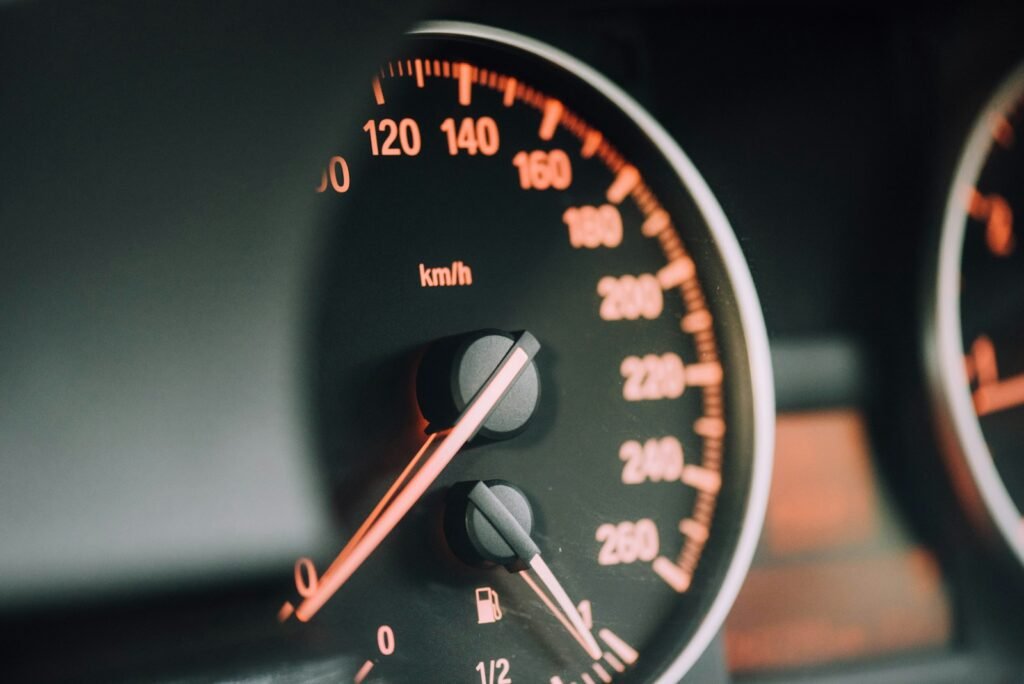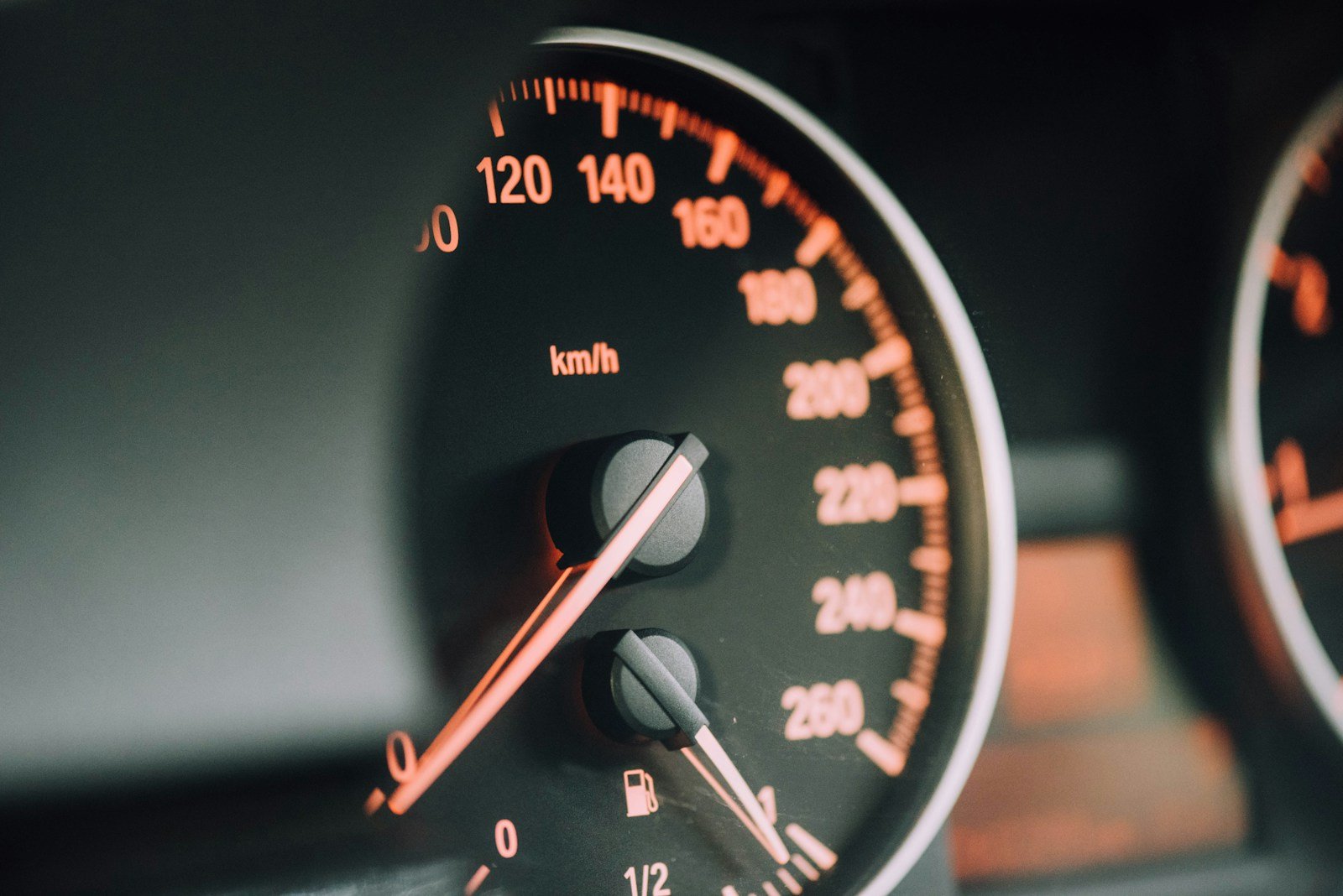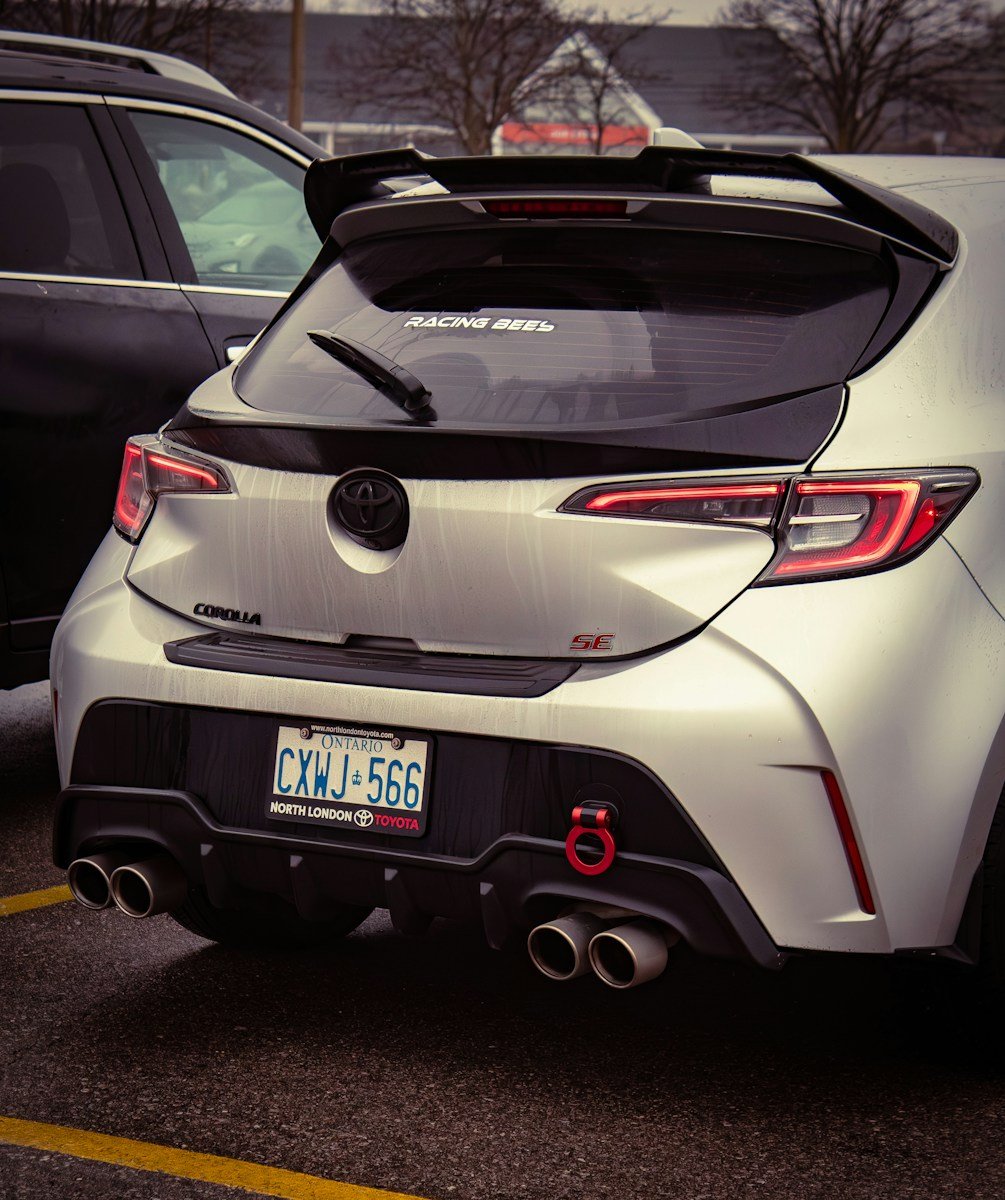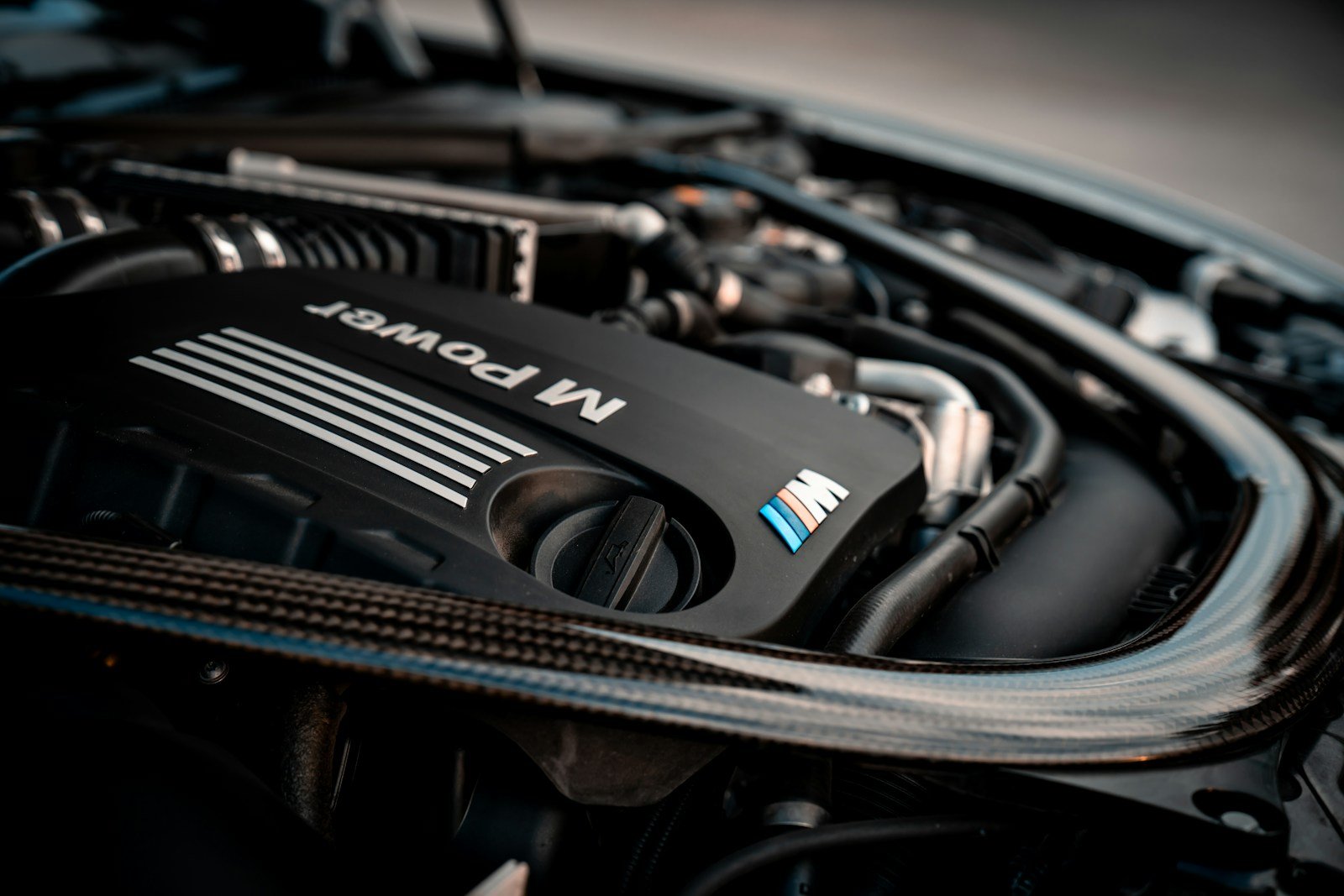That little DPF light might not seem urgent — until it costs you a turbo, injectors, or even a full engine rebuild. Here’s what happens when DPF faults are ignored and how to prevent the expensive chain reaction that follows.
1. What Happens When You Ignore the DPF Light
The DPF warning light is your car’s way of saying “I’m full.” It usually appears when the filter reaches around 45–50% soot load. If you keep driving without regeneration or cleaning, the ECU cuts power and the filter continues to fill.
Once soot levels exceed 90%, exhaust back-pressure skyrockets. This extra pressure forces hot exhaust gases and unburned fuel back toward the turbo and engine. At this stage, you’re risking far more than just a blocked filter.
2. How a Blocked DPF Damages the Turbo
Excess back-pressure prevents exhaust gases from escaping quickly. That pressure backs up into the turbo, causing higher turbine temperatures and oil starvation. Over time, this leads to:
- Cracked turbo housings or bearings from overheating.
- Oil leaks into the exhaust side, coating the DPF in burnt residue.
- Slow or seized turbo vanes, reducing boost and efficiency.
Once oil reaches the DPF, the filter’s ceramic core becomes contaminated. Even a professional clean can’t restore flow if the substrate is oil-soaked. You’ll find more about these cases in our engine fault guide.
3. The Impact on Injectors and Combustion
When a DPF blocks, the ECU often tries repeated regeneration cycles to burn soot. During each cycle, extra fuel is injected late in the stroke to raise exhaust temperature. If regens keep failing, that excess fuel washes down the cylinder walls and into the oil system.
Consequences include:
- Thinned engine oil losing its protective properties.
- Injector tips coked up with carbon deposits.
- Increased fuel dilution leading to rough idle and misfires.
If you notice oil levels rising on the dipstick or smell diesel on the oil cap, book a professional DPF clean immediately before damage spreads.
4. Engine Damage from Prolonged Back-Pressure
When exhaust flow can’t escape freely, combustion temperatures rise. That heat transfers through the manifold, EGR and pistons, causing long-term stress on internal components. Common failures from prolonged DPF restriction include:
- Burnt exhaust valves and warped manifolds.
- Melted DPF pressure pipes and EGR coolers.
- Cracked pistons or blown head gaskets due to high cylinder temps.
We regularly see this in vehicles that have been “driven through limp mode” for weeks. A £200 clean can quickly turn into a £2,000 repair if left too long.
5. Signs You’re Doing Damage Without Realising
- Engine oil level slowly rising on the dipstick.
- Blue or dark smoke from the exhaust under load.
- Limp mode that clears temporarily then returns.
- Noticeable turbo whistle or high-pitched whine.
These are early red flags that your DPF is backing up pressure. Don’t wait until it becomes a full blockage — get it tested and cleaned properly.
6. How to Stop the Damage in Time
Most major failures are avoidable with timely cleaning. If your DPF light stays on, avoid idling or short trips and book a DPF clean at our Stoke-on-Trent garage. We’ll run diagnostics, clear fault codes, and test flow before and after cleaning to confirm results.
For filters already removed, our postal DPF cleaning service offers a full refurb, including drying and flow testing, with tracked delivery both ways across the UK.
7. Prevent Future Engine Damage
Once the DPF is cleaned, prevention is simple:
- Use low-ash oil and service regularly.
- Fix EGR, glow plug or pressure sensor faults immediately.
- Take the car on a 20-minute motorway run weekly to keep regens successful.
- Never ignore the DPF or engine management light again — it’s cheaper to act early.
See our warning light guide for a full breakdown of what each symbol means and what to do when it appears.
FAQs
Can a blocked DPF really damage the engine?
Yes. Excess back-pressure affects turbo seals, injectors and cylinder compression. Continued driving with a blocked DPF can lead to severe internal damage.
Will cleaning the DPF fix turbo problems?
If caught early, yes — reduced pressure helps the turbo work normally again. But if oil has entered the DPF, both components usually need attention.
How long can I drive with a DPF light on?
Only a short distance to reach a garage. Driving for days in limp mode risks overheating and mechanical damage. Get a clean booked as soon as possible.
Book a Professional DPF Clean
Don’t let a blocked filter ruin your engine. Our on-car DPF cleaning restores power, prevents turbo damage, and comes with before/after test results. We also offer off-car refurbishment and UK-wide postal cleaning for workshops and trade customers. Book now and protect your engine before it’s too late.




